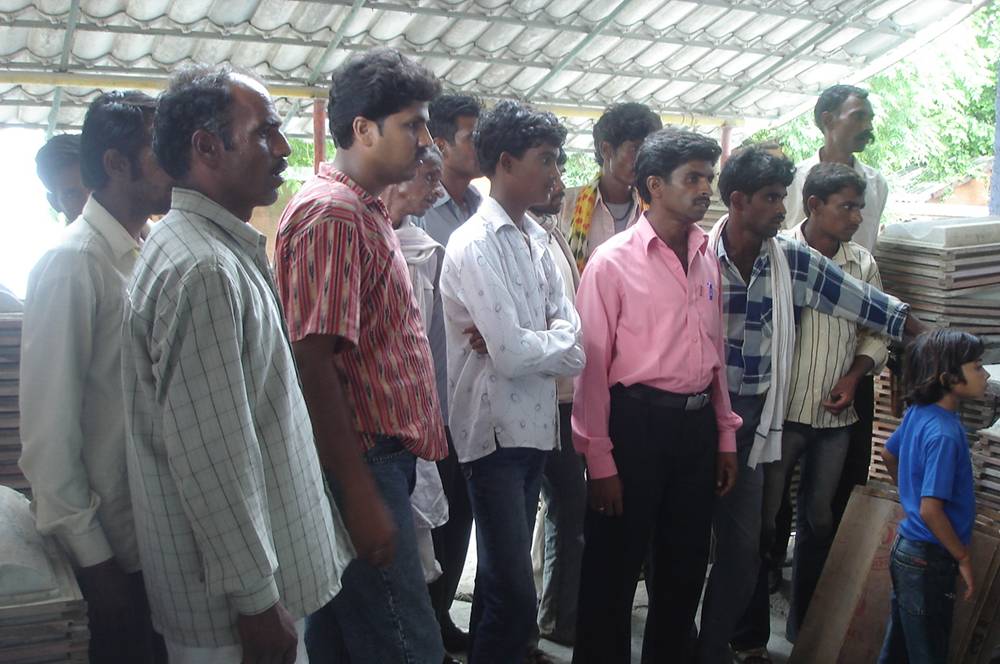In
India, 12,000 villages are living in the dark after sunset, untouched
from the developed world. The Ministry of New and Renewable Energy,
Government of India(GoI), has launched a Village Energy Security
Programme (VESP) for these un-electrified villages. Though the objective
of this programme has been achieved in a few pilot villages, the benefit
is yet to reach countless others.
Radhapur is one among such un-electrified villages. Radhapur comes under
Pichor Block of Shivpuri district (MP). Over 454 people from 84
households of Radhapur stay in the dark with the hope that some day,
some Government scheme will remove the darkness of their homes.
Ever-rising prices of diesel are steadily weakening their farm-based
economy. In association with Development Alternatives (DA), the
villagers took an initiative to demonstrate a socio-economic development
model named ‘Energy Services Approach to Economic Development and
Sustainable Livelihoods’. During the early participatory planning
processes, both community and DA professionals realised the need of the
Community Owned Community Operated (COCO) model, as an integral
component of this initiative. Without building and nurturing a
need-based community institution for this purpose, it is difficult to
achieve the goal of socio-economic development through energy services.
In this project funded by the Department of Science and Technology, a 10 KVA biomass gasifier system is proposed to be commissioned. It was
decided to form a Village Energy Committee (VEC) to operate and manage
the above said model. To ensure participation and involvement of the
community, including the youth, farmers, etc., different unrelated and
small-scale activities were undertaken, such as ensuring the
availability of newspapers; formation of teams and conducting cricket
matches (VEC Vs DA team); Van Mahotsav; visits to nearby villages to
understand their sprinkler systems, drip irrigation and other
agricultural practices. As an impact of the above-mentioned stimulating
activities, VEC members along with several other villagers visited DA’s
technology demonstration centre (TARAgram, Orchha) at their own expense,
particularly to see how biomass gasifiers generate electricity using
weeds as fuel and what are the best possible energy driven enterprises
they can adopt to make the optimum use of locally generated electricity
and other local resources/products.
The DA team provided help in VEC formation and necessary assistance to
open their bank accounts. Several natural leaders are now coming out as
an indicator of community mobilisation. In one instant, one individual
has legally donated a small piece of his land to the VEC, which has
proved to be necessary for the power plant. We have miles to go to
demonstrate the economic benefit of the decentralised energy services
and its replication. We are confident that with timely guidance, this
committee (VEC) will be able to ensure their socio-economic development. q
Santosh Kumar Gupta
skgupta@devalt.org
